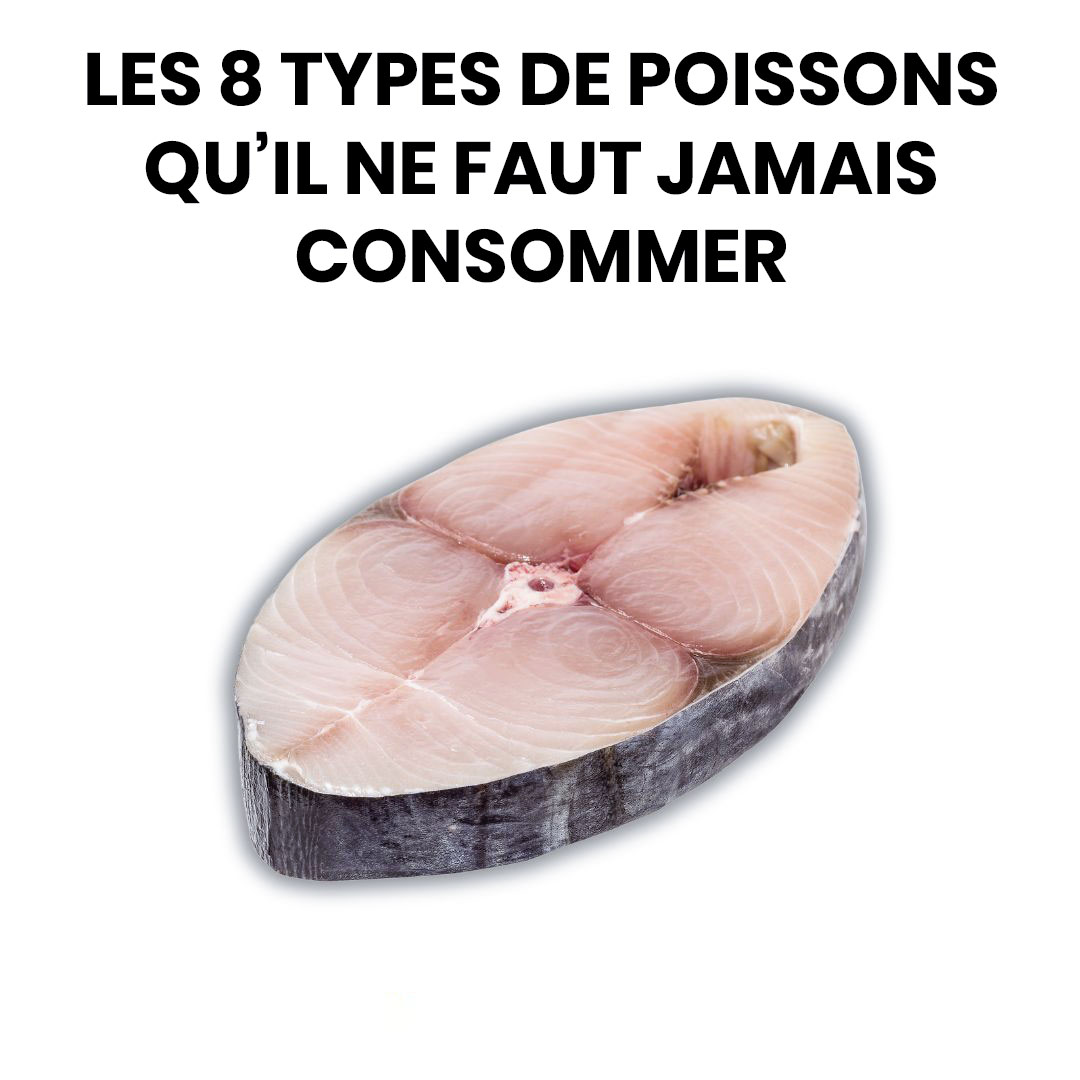ADVERTISEMENT
While salmon is generally healthy, farmed Atlantic salmon often live in overcrowded pens, are fed unnatural diets, and may be treated with antibiotics and dyes to enhance color. These conditions can pollute surrounding waters and spread disease to wild fish populations.
Better choice: Choose wild-caught Alaskan salmon, which is both sustainable and free from many of these concerns.
7. Imported Catfish (especially from Vietnam)
Why to avoid: Contamination & poor regulations
Some imported catfish varieties, such as pangasius or swai, are raised in polluted waters with lax environmental and food safety standards. They’ve been found to contain antibiotics and other harmful chemicals.
Better choice: Look for U.S. farm-raised catfish, which are subject to stricter regulations.
8. Eel (Unagi)
Why to avoid: Overfishing & habitat loss
Freshwater eels are endangered in many parts of the world due to overfishing and habitat destruction. Despite this, they remain a common item on sushi menus.
Better choice: Consider skipping eel altogether or looking into sustainable aquaculture alternatives (though these are still limited).
🐠 Final Thoughts: Make Smarter Seafood Choices
Being a responsible seafood consumer isn’t about giving up fish entirely—it’s about making informed, ethical, and healthy choices. Here’s how to do that:
- Check sustainability labels: Look for certifications like MSC, ASC, or Best Aquaculture Practices.
- Stay informed: Use resources like the Seafood Watch Guide by Monterey Bay Aquarium.
- Ask questions: Don’t be afraid to ask your fishmonger or server about sourcing.
Choosing sustainably-caught and low-contaminant fish not only benefits your health, but also helps protect marine life and ocean ecosystems for generations to come.
Would you like a printable cheat sheet for fish to enjoy vs. fish to avoid? Or a list of sustainable seafood recipes? Let me know! 🌊🍽️
